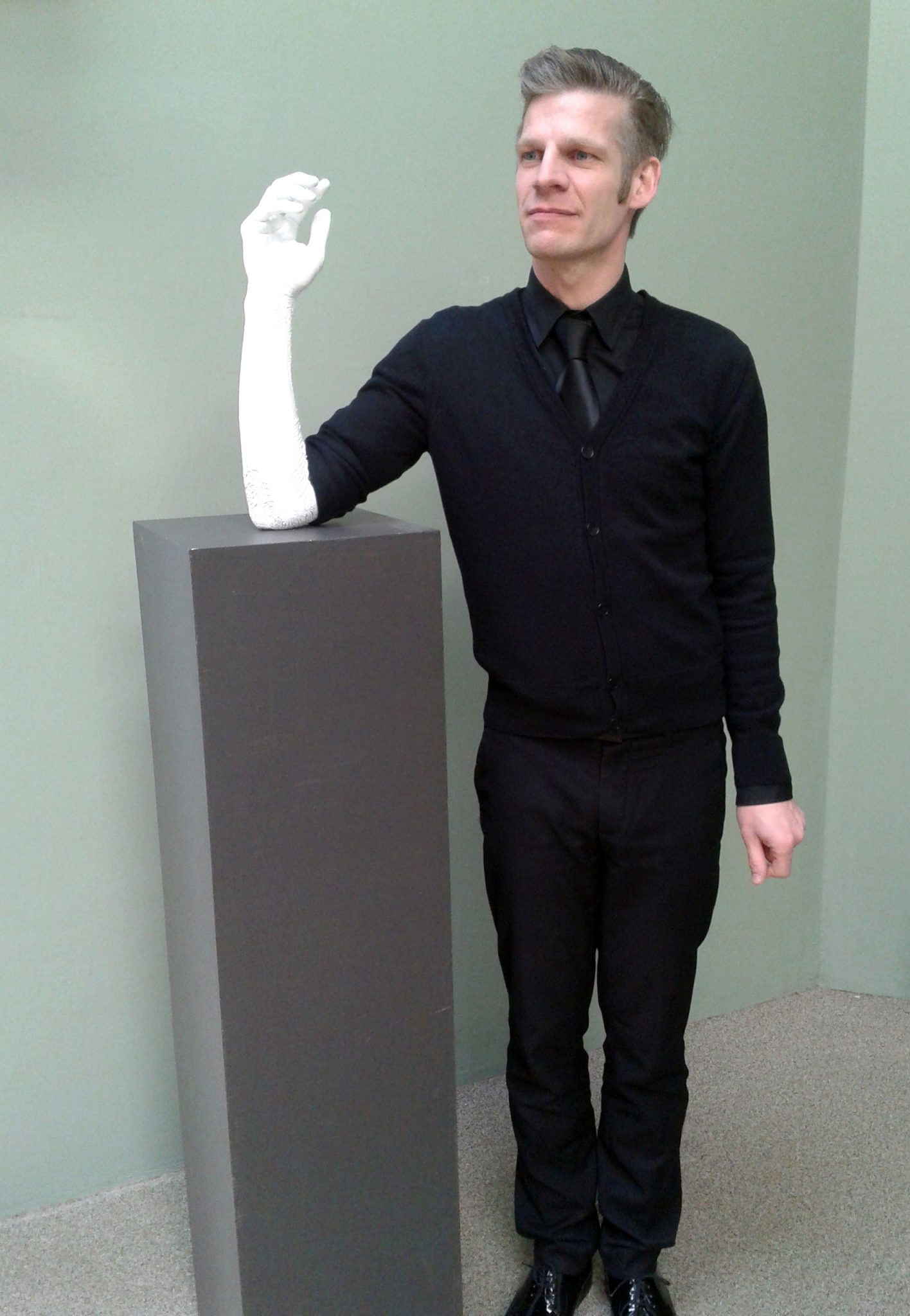In Samuel Beckett’s The Unnamable (1953) there’s a short, desperate line uttered by its anonymous protagonist: ‘I can’t go on, I’ll go on.’ That brief pause before the dichotomous resolution emphasises the sentence’s central concern: the unstoppable nature of time. Temporality, time passing, and – by logical extension – the irrevocable end of a life lived are the themes underlying Markús Þór Andrésson’s curation of the ten-day ‘real time art festival’, Sequences (est. 2006). But if this all sounds a bit heavy, you’ll be relieved to know that Andrésson’s chosen artists address the themes with a distinctly Northern European sense of absurdity and gritty humour.
Gretar Reynisson’s retrospective Decade – the largest show of the event – sets the tone. In it, Reynisson portrays everyday life as a repetitious endurance test through various collections of objects used during a set period. For example 365 Glasses, One a Day (2003) is a table displaying all the glasses the artist drank out of in that time, each annotated in marker pen on the rim with the date it was used. 52 Shirts, One a Week demonstrates a similar level of attentive hoarding. In a separate room there’s a vitrine with ten piles of photographs, each documenting various mundane facets of everyday life – titles include Lights (2006), Hallways-In (2004) and Windows Out (2003) – collected and collated to become oddly beautiful and sad in equal measure.
There’s no beauty, but perhaps some sort of grim poetry, to Curver Thoroddsen’s similarly retentive documentation project, The Fine and Delicate Art of Archival Processing (2011). In a pitch- black, low-ceilinged cellar across town, the artist subjects his audience to an audio recording of all his defecations over a month. It’s gross listening – a horrible project, really – yet simultaneously, like Reynisson’s work, it gives a comforting familiarity to the messiness of life. We eat; we shit; time passes.
Emily Wardill’s 76-minute film, Game Keepers Without Game (2009), which tells the story of a girl in social care whose mental health issues and aggression reach a devastating crescendo, offers a converse depiction of drama and tragedy. What would be a run-of the-mill (though nonetheless exhausting) kitchen-sink drama is nicely skewed, however, by the action playing out before an antirealist white studio backdrop. This has the effect of abstracting and universalising the characters’ experiences, making them feel brutally resonant. Trauma is also the central facet of Yes, Angel (2011), Aleesa Cohene’s evocative cinematic collage of movie clips, which reduce various characters to telling body language and facial tics. Appropriating these images, the artist uses narration to superimpose a new narrative upon them, addressing the AIDS crisis and a sense of queer collective identity, its disintegration and (perhaps) mutating reemergence. It’s sharply perceptive stuff.
One of the highlights of the festival proved to be the work of Magnús Logi Kristinsson, whose performances are all about endurance. Of the two I was in town to catch (there were another three), one saw Kristinsson stuck in a box; the artist’s suited-and-booted leg stuck out from one appropriately sized hole in the front of his white- painted wooden container, an arm from another. For the other performance, the artist caked his arm in white paint and rested it on a pedestal in a gallery of the Einar Jónsson Museum. The work had the tragicomic quality of clowning, objectifying the artist’s body and drawing attention to its physical limits. Encapsulating Andrésson’s largely successful curatorial meditation on the prologue to what Erasmus termed the ‘terminus that yields to no one’, Kristinsson’s work reminds us of the body’s role as arbiter of our time spent living.
This review originally appeared in the Summer 2013 issue.
